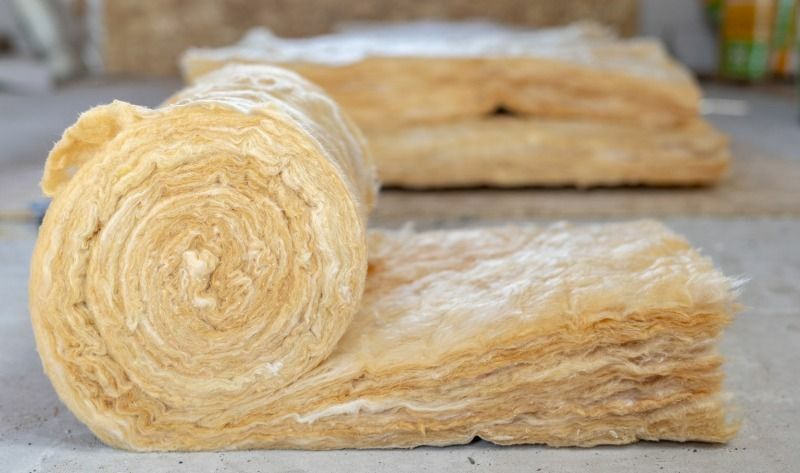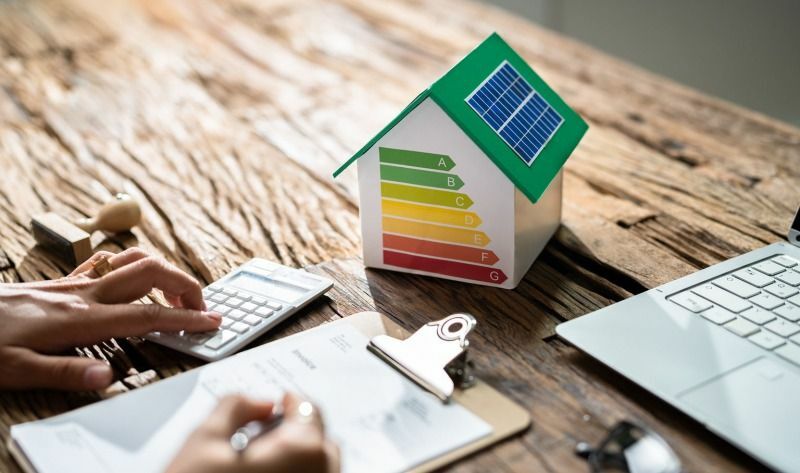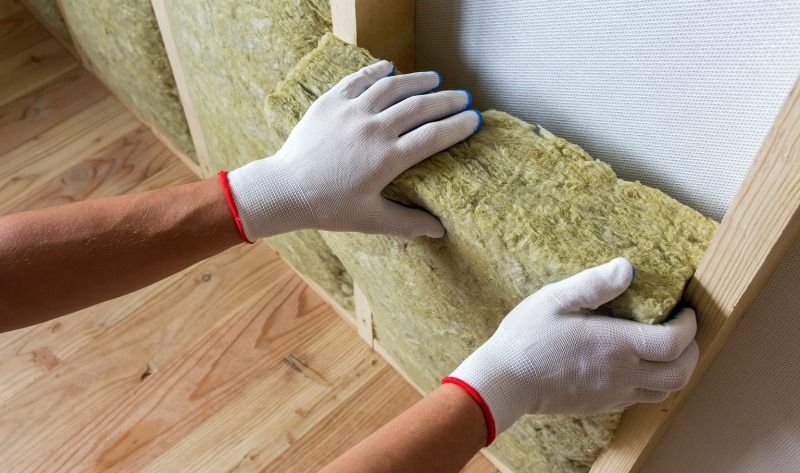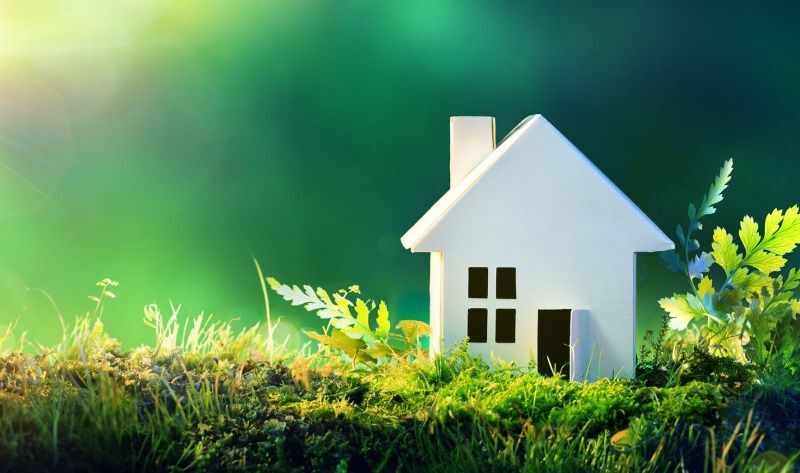Sustainability, Saving Money, and Conserving Energy in Virginia

Here in Virginia, where humid summers and cold winters are the norm, insulation isn’t just about staying comfortable. It’s a powerful tool for sustainable living. Whether you’re a homeowner looking to cut costs or a contractor aiming to meet green building standards, choosing the right insulation can make a big difference. It’s one of those small choices that can create a major environmental impact, lower your monthly expenses, and help you build toward your long-term goals.
Understanding Insulation in Our Environment
Today’s insulating materials go far beyond the materials you are familiar with. From high-tech foams to recycled cellulose, there are options to fit every need and budget. Not only do these materials help keep your home warm in winter and cool in summer, but they also help you breathe easier.
Insulation combined with a proper vapor barrier helps reduce moisture buildup, which lowers the risk of mold and mildew. It can also improve indoor air quality and reduce asthma triggers by keeping allergens out when working in tandem with air sealing. This makes a real difference for anyone in your home with respiratory issues. At the same time, good insulation slashes your reliance on fossil fuels, cuts greenhouse gas emissions, and lowers your home’s carbon footprint.
Embracing Sustainability with Insulation
Installing proper insulation is a key step toward getting LEED certification or aligning with ENERGY STAR benchmarks. These green certification programs reward homes that prioritize sustainability and reducing energy consumption. With the right insulation and moisture control, you can extend the lifespan of your structure and minimize the demand for replacement materials. It’s not just a comfort upgrade; it’s smart design. A well-insulated home is the cornerstone of green building.
Energy Efficiency and Cost Savings

Insulation acts as a protective barrier, shielding your home from extreme temperatures. That means your HVAC system doesn’t have to work as hard, and you’ll see that reflected in your energy bill. You can enjoy up to a 17% reduction in heating and cooling costs with proper insulation and air sealing.
That’s more money in your savings account, more cash to put in your emergency fund, or even to save for retirement. Stop spending money on lost energy and start saving with smart insulation choices.
Health and Indoor Air Quality
Modern insulation products are safer than ever including formaldehyde-free and low VOC (volatile organic compounds) options, resulting in less off-gassing and healthier air. Certified products are often tested for dust, mold resistance, and air quality impact.
Pair insulation with proper air sealing to keep out irritants like dust and other allergens. You’ll notice better temperature control and more consistent humidity, which reduces the risk of condensation and mold.
Installation and Retrofitting

Installation matters. Gaps, cracks, and unsealed edges can ruin your insulation’s effectiveness. Focus on high-impact areas like your attic, crawl space, and basement rim joists. Professional installation is always highly recommended for the best results.
Over 21,000 homes in the Charlottesville area were built before insulation codes were in place, making them ideal candidates for insulation retrofits. There is a variety of highly effective insulation materials to choose from. Choices include blown-in insulation, spray foam, fiberglass batts, and dense-pack cellulose. Some options like spray foam insulation even offer combined insulation and air sealing in one step.
Case Studies and Success Stories
Real-world success proves the power of insulation. In Jamestown, Rhode Island, a 1920s cottage was transformed into a net-zero energy home using layered insulation, solar panels, and high-efficiency systems. In colder New England, some passive homes stay cozy all winter with virtually no heating systems.
Back here in Virginia, homeowners continue to routinely save up to 17% on their heating and cooling costs after insulation and air sealing upgrades. This is more than just a number on a page, but real energy saving results.
Sustainable Lifestyle Integration
Insulation fits perfectly into a holistic approach to green living. Pair it with LED light bulbs, smart thermostats, and efficient lighting fixtures for a bigger impact. The small actions you take add up. Actions such as unplugging your electronics when not in use, adjusting your thermostat wisely, and using less hot water.
Combined with upgraded insulation, these steps can maximize your savings and minimize your environmental impact.
Healthier Homes and Lower Bills for a Greener Future

Choosing insulation is about more than comfort. It’s about protecting your health, stretching your dollars, and doing your part for Virginia’s future. The benefits go far beyond your home to ripple through your community and the environment.
At Toler Insulating, we’ve been helping Virginia homeowners and contractors make smart, sustainable choices since 1994. We use the highest quality products, meet the strictest standards, and bring decades of building science expertise to every job.
Contact us today to schedule a consultation and see how better insulation and air sealing can improve your home’s comfort, energy efficiency, and air quality. And save you money for what matters most.
References
“Attic Insulation Rebate.” City of Charlottesville, https://www.charlottesville.gov/1324/Attic-Insulation-Rebate.
“Building Healthier Homes: The Critical Role of Indoor Air Quality in Home Construction.” National Association of Home Builders, https://www.nahb.org/blog/2024/09/sponsored-knauf.
“Building the Future: Passive House Construction.” Boston Design Guide, https://www.bostondesignguide.com/blog/building-future-passive-house-construction/.
“EarthCraft: Blueprint for Energy-Efficient Buildings.” EarthCraft, https://earthcraft.org.
“Home Energy Rebates Frequently Asked Questions.” Virginia Department of Energy, https://energy.virginia.gov/energy-efficiency/HomeEnergyRebatesFrequentlyAskedQuestions.shtml.
“Jamestown Net Zero House: Little Green Giant.” This Old House, https://www.thisoldhouse.com/jamestown-net-zero-house/21019193/jamestown-net-zero-house-little-green-giant.
“Methodology for Estimated Energy Savings.” ENERGY STAR, https://www.energystar.gov/saveathome/seal_insulate/methodology#:~:text=CZ%204Total%20House12%Heating%20and%20cooling%20only17%.
“Minimum Program Requirements for LEED.” U.S. Green Building Council, Inc, https://www.usgbc.org/leed-tools/minimum-program-requirements.
“Moisture Control.” U.S. Dept. of Energy, https://www.energy.gov/energysaver/moisture-control#:~:text=In%20addition%20to%20air%20movement,ceilings%2C%20walls%2C%20and%20floors.
“Related Programs.” ENERGY STAR, https://www.energystar.gov/partner-resources/residential_new/related_programs.
“Smart Thermostats.” ENERGY STAR, https://www.energystar.gov/products/smart_thermostats.
“Stories: The Health Benefits of Well-Insulated Homes.” LIXIL, https://www.lixil.com/en/stories/stories_12/.
“Types of Insulation.” U.S. Dept. of Energy, https://www.energy.gov/energysaver/types-insulation.
“Virginia Climate Summary.” State Climate Summaries, https://statesummaries.ncics.org/chapter/va/.